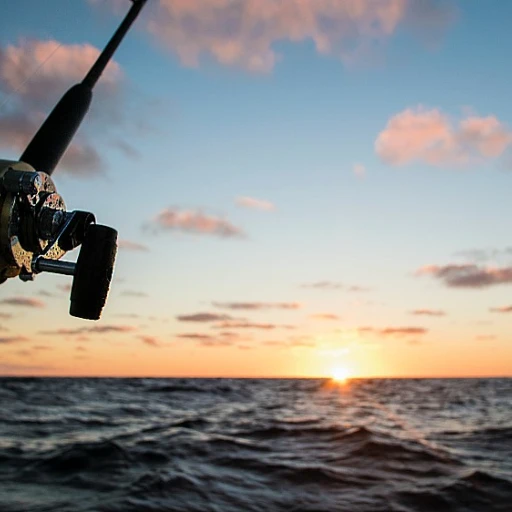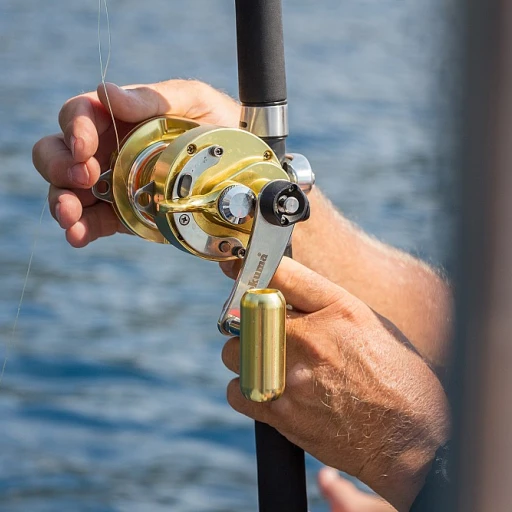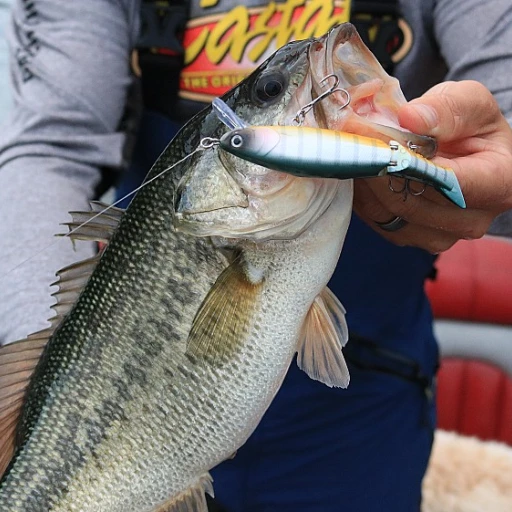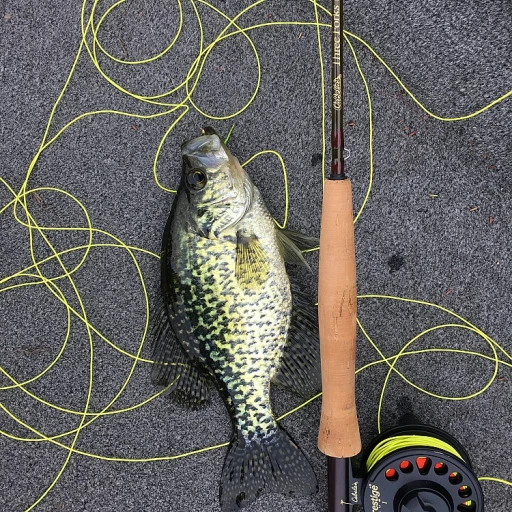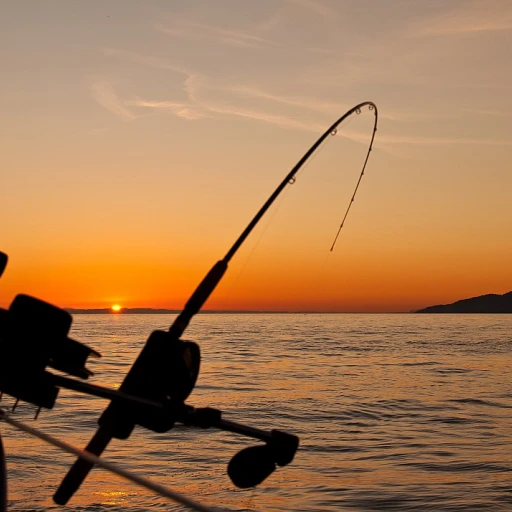Understanding Slow Pitch Jigs
The Basics of This Fishing Technique
Slow pitch jigging has taken the fishing world by storm due to its unique approach and effectiveness in catching fish. This technique involves using jigs specifically designed to mimic the natural movement of smaller fish, making it an attractive meal for larger predatory fish.
What sets slow pitch apart from other jigging methods is the way it requires precise and rhythmic movements to lure fish. Unlike traditional methods, this style demands a lighter touch and the ability to feel the jig as it moves through the water column.
One of the most essential components is the jig itself. These jigs come in various shapes, weights, and colors, such as pink glow, silver glow, and even iridescent shades that mimic the natural scales of fish. The choice of jig impacts the presentation and effectiveness of the technique, and getting the right one is crucial for success. As you explore different options, be sure to consider how glow price and unit price affect your overall selection.
To grasp the nuances of these techniques, it's important to thoroughly understand the behavior of pitch jigs underwater and how they differ based on the movements you create with your rod. By mastering the art of slow pitch jigs, you'll enhance your chances of success out on the water and experience fishing like never before.
Choosing the Right Slow Pitch Jig
Key Factors in Selecting Slow Pitch Jigs
When you're ready to take the plunge into the world of slow pitch jigging, choosing the right jig plays a critical role in maximizing your success. Here are some crucial considerations to keep in mind when selecting your slow pitch jigs:- Weight and Size: The weight of the pitch jig is essential for reaching the desired depth and maintaining control. Depending on the current and depth, you will want to choose a jig that offers the right balance. Lighter jigs are ideal for shallow waters, while heavier versions can help maintain steady contact in deeper or faster-moving waters.
- Colors and Finishes: The color of a jig can be the deciding factor for enticing a catch. Options like pink glow, jigs silver, and pink silver are popular choices, as they mimic the prey's appearance under various water conditions. A silver glow finish can also provide an excellent advantage in deeper or murkier waters, ensuring visibility and attraction.
- Hooks and Rigging: Ensure that your jig comes equipped with high-quality hooks. Consider exploring methods for snell rigging techniques that enhance connection strength, greatly increasing your chances of a successful catch.
- Brand Reputation and Price: While budget constraints are natural, investing in a reliable brand that offers a fair unit price can make a significant difference in product quality. Stick to reputed brands that provide consistent performance.
- Shop Reviews and Shipping: Before making a purchase, check reviews of both the product and the shop. Online reviews give insights into the jig quality, inventory management, and shipping reliability from featured sellers.
Techniques for Effective Slow Pitch Jigging
Techniques to Perfect Your Slow Motion Tactics
When it comes to refining your slow pitch jigs techniques, patience and precision are key. The art of slow pitch jigging focuses on mimicking the subtle, deliberate movements of prey, making it an increasingly popular method among dedicated anglers. Here’s how you can enhance your approach and ultimately, your catch.
Pace Yourself: The slow method requires a rhythmic lift and fall. Begin by lifting your rod tip gradually and then letting it drop, allowing the jig to flutter downwards. This mimics the natural movement of an injured fish, tantalizing your target.
Choose the Right Jig: Not all jigs are created equal. For slow pitch jigging, opt for jigs with a center or tail-weighted design. The Monster Slayer series, or Draco Tail, can offer exceptional flutter action, capturing the attention of your target. Colors like silver and pink may increase visibility and appeal under different water conditions.
Align With Conditions: Different situations call for different techniques. On bright, sunny days, opt for a glow jig or pink-silver blend to maximize visibility. In deeper waters, heavier jigs can help achieve your desired depth quicker without compromising movement.
Understanding the fundamentals of jigging ensures that your effort translates effectively in diverse fishing scenarios. Mastering these techniques of slow pitch jigging can significantly increase your success on the water, offering not just more catches, but a thorough enjoyment of the experience. If you’re looking for a holistic angling skill improvement, explore more techniques like understanding backing for fly line for a comprehensive tackle insight.
Gear Recommendations for Slow Pitch Jigging
Essential Gear for Successful Jigging
When it comes to slow pitch jigging, selecting the right gear is crucial for enhancing your fishing experience. Investing in the right equipment not only increases your chances of success but also adds to the overall enjoyment of the sport. Here's a breakdown of essential gear components:
- Rods: The foundation of your setup, rods designed for slow pitch jigging should be lightweight yet strong. They need to have a specific action that allows the jig to mimic natural bait movements effectively. Look for rods tagged as 'slayer slow' or 'jigging monster' to assure quality and performance.
- Reels: A high-quality reel is another critical component. Pairing your rod with a suitable reel can make the difference in how you control the jig and target your catch.
- Jigs: Having a variety of jigs in your inventory is recommended. Consider the popular 'pink silver' and 'silver glow' jigs. For those seeking diversity, 'draco tail' and 'jigs silver' options are excellent choices too.
- Jigging Lines: Ensure that your line can handle the weight and pressure that comes with the tug of prey. Durable, high-strength lines are essential in this context.
- Accessories: From hooks to swivels, having quality accessories helps maintain equipment integrity. A reliable set of fishing accessories is as important as the main gear components themselves.
For anglers considering more gear or updates to their inventory, exploring a trusted fishing shop can offer a chance to access new products, browse current innovations, and keep up with industry trends. Staying informed about new products in the market and understanding their price can aid in making optimal purchasing decisions.
Common Mistakes and How to Avoid Them
Steering Clear of Frequent Errors in Slow Pitch Jigging
While slow pitch jigging can be an exceedingly rewarding fishing technique, many anglers often fall into certain traps, diminishing their overall success. Recognizing and avoiding these common mistakes will enhance your journey in mastering this art form.
- Incorrect Jig Selection: Anglers sometimes choose jigs without considering the environment. The slayer slow and monstrous slayer varieties, for instance, are great but may not suit every condition. Assess factors like water depth and current, and adjust your choice between the diverse jigs pink, silver glow, or pink silver.
- Ignoring Fishing Rod Specifications: Optimal results aren't just about the jig. The rods you select play a significant role. For pitch jigs and specific slow pitch techniques, make sure you have rods designed to absorb vibrations and provide effortless jerking motion tailored for the jigs you're using.
- Overlooking Environmental Adaptations: It's crucial to tweak strategies according to different fishing conditions. For instance, during jigging monster or draco tail action, adjustments in speed may enhance outcomes, especially in varying light conditions where glow price jigs stand out.
- Mismanagement of Inventory: Inventory management can be just as crucial as on-water decision-making. Keeping blue and pink glow options ready in your shop allows swift adaptations to different fishing scenarios without pausing to address deficiencies.
By becoming aware of these errors, recreational fishermen can optimize their approach to slow pitch jigging and transform potential frustrations into fruitful fishing experiences. Ready yourself with ample preparation, equipping your vessel not just with jigs, but the right knowledge to adapt to the serene art of slow jigging.
Adapting to Different Fishing Conditions
Adjusting to Varying Fishing Scenarios
When diving into the world of slow pitch jigging, adaptability is key. Different fishing conditions can significantly affect the effectiveness of your jigs, especially when dealing with factors like water depth, light penetration, and tide movements.
- Water Clarity and Light Levels: If you're fishing in clear waters or during the daytime, opt for subtle shades like silver or pink jigs. Their shimmer can attract attention without being off-putting. For murky conditions or nighttime fishing, a glow in the dark jig can become your best ally to ensure visibility.
- Depth Variation: Deep-water jigging demands a heavier pitch jig to ensure it reaches the desired depth. In contrast, shallower waters might benefit from using lighter pitch jigs which flutter delicately, mimicking the natural movement of an injured prey.
- Tidal Influence: Fast-moving tides can shift jigs out of prime locations. A heavier jig, potentially a blue or monster slayer model, can combat strong currents, whereas gentle tides allow for lighter jigs like the draco tail to work their magic.
- Species Targeted: Different species respond variably to jig tunes. Experimenting with colors and weights, such as a pink glow versus a silver glow, can yield better results depending on the species.
Choosing versatile rods that can easily switch between different jigs is crucial. Stay informed on product updates and always check inventory management at your local shop or online store to get your hands on the right gear. Adapting effectively to these conditions can turn an average fishing day into a memorable experience.

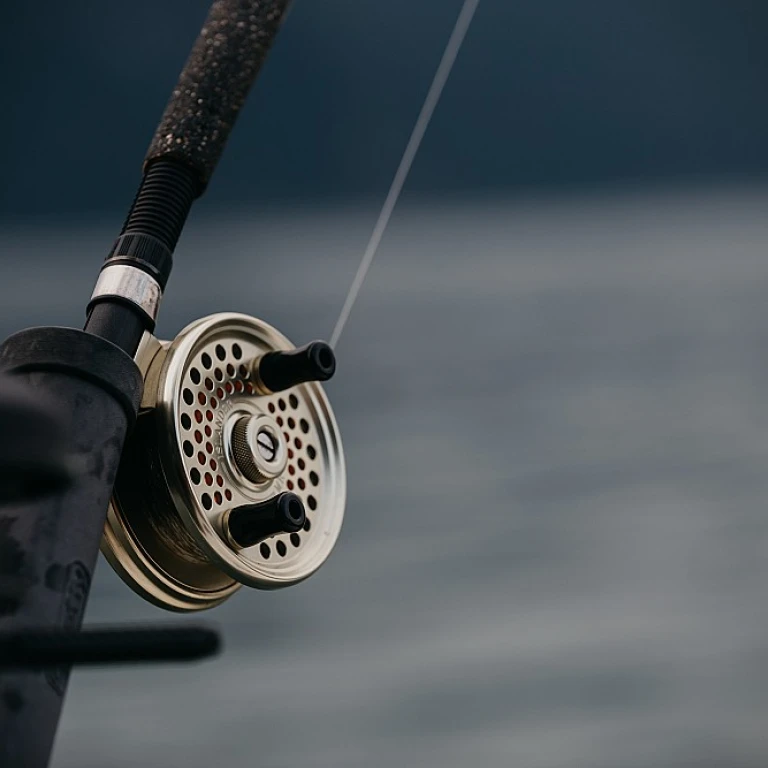

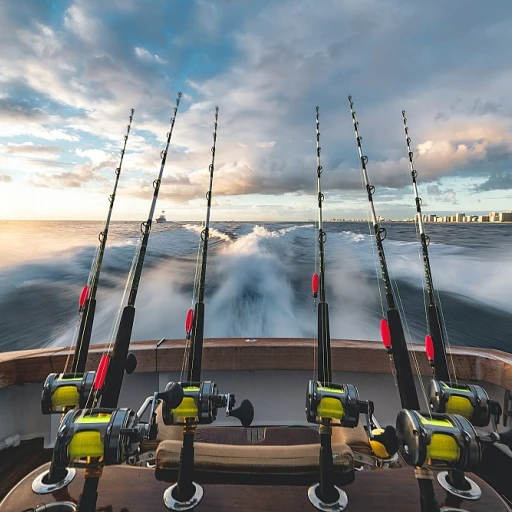
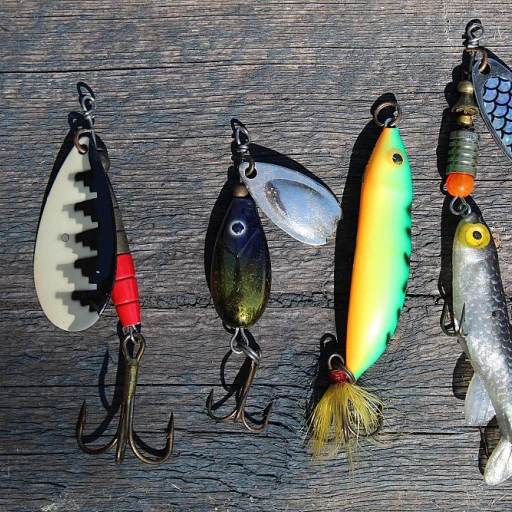
-large-teaser.webp)
-large-teaser.webp)

-large-teaser.webp)
